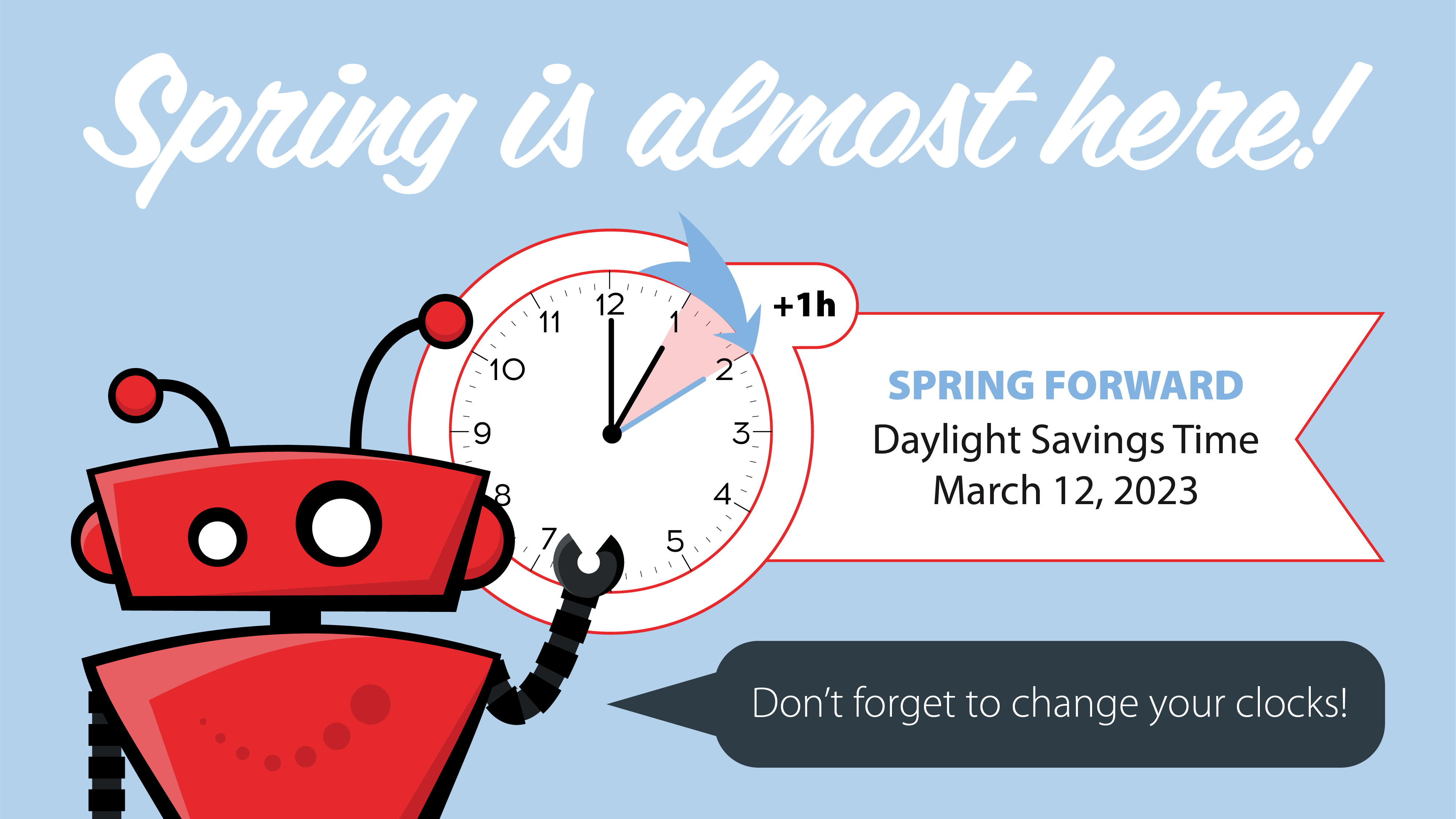Yesterday, our clocks sprung forward in accordance with Daylight Savings Time. Daylight Savings has a better goal than just messing up your sleeping schedule for a week. This change in time will give the Northern Hemisphere more hours of sunlight as we continue to move out of the winter season.
Daylight Savings has been used in the U.S. and many European countries since World War I. Its original intention was to conserve fuel needed to produce electric power. It was not fully adopted by the U.S. until March 19, 1918, and it established the idea of a standard time zone. After WWI ended, the law was unfavorable to most and it was repealed in 1919 with Congressional override, permitting it to become a local option among the states. During World War II, FDR instituted year-round Daylight Savings Time and named it “War Time.” States and localities were free to choose whether or not to observe Daylight Savings; understandably, this caused major confusion for the broadcasting industry, along with railways, airlines, and bus companies. Broadcast stations and transportation companies had to publish new schedules every time a state began or ended Daylight Savings. Through many years of modification, in 2007, Congress finally concluded through the Energy Policy Act that daylight savings should begin at 2:00 AM on the second Sunday of March and end at 2:00 AM on the first Sunday of November.
In 2021, U.S. Senators introduced and passed the Sunshine Protection Act, which had the intention of adding more hours of natural sunlight during the day, especially during winter months. Furthermore, this bill was introduced with the intention of reducing the impact of seasonal depression and improving other aspects of Americans’ lives. However, this act was not passed in the House and has not been revisited. Despite the intention of the Sunshine Protection Act, sleep experts say it would cause more harm than good. It would disrupt our natural circadian rhythm and would cause a ‘social jetlag’ among students and employees who rise early in the morning. Under the Sunshine Protection Act and during winter months, sunrise would be around 9:00 AM and would majorly disrupt daily schedules.
What’s your opinion on Daylight Savings Time? Do you think we should get abolish it, or should we keep it in place?
Sources:
WebExhibits. “Daylight Savings Time.” WebExhibits.com, 2020, https://www.webexhibits.org/daylightsaving/e.html#:~:text=’An%20Act%20to%20preserve%20daylight,months%20in%201918%20and%201919.
Melillo, Gianna. “Why is there a push to end Daylight Savings Time?” TheHill.com, November 4, 2022, https://thehill.com/changing-america/well-being/longevity/3719890-why-is-there-a-push-to-end-daylight-saving-time/





